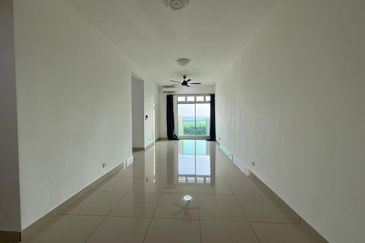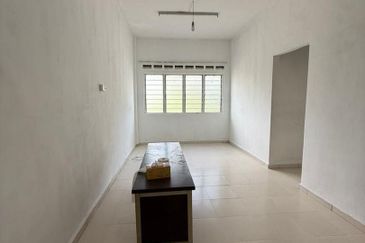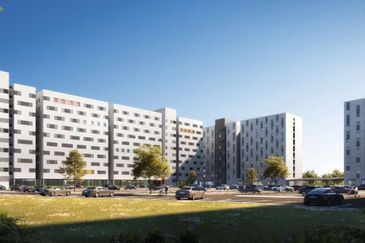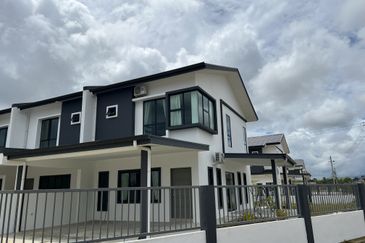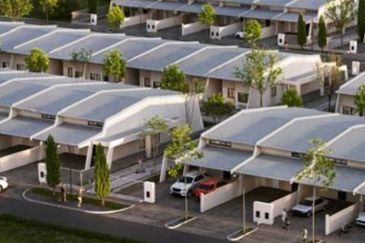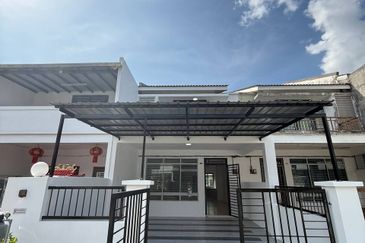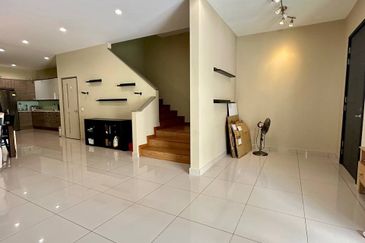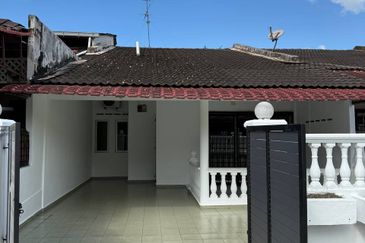
- “Government incentives and subsidies can help offset the initial costs and encourage wider adoption.”
KUALA LUMPUR (Aug 29): Despite the government's recent mandate for Building Information Modeling (BIM) in the construction sector, significant challenges remain, says an industry expert.
"Some of the biggest challenges to BIM adoption in Malaysia include the high initial investment costs, lack of skilled personnel, and resistance to change within the industry,” construction and management software company PlanRadar’s regional spokesperson Vitaly Berezka tells Edgeprop.my.
“To overcome these challenges, it is essential to invest in training programmes and education to build a skilled workforce capable of utilising BIM effectively.
“Additionally, government incentives and subsidies can help offset the initial costs and encourage wider adoption,” he adds.
Government pushes for BIM adoption
According to the Malaysia BIM Report 2019 by the Construction Industry Development Board (CIDB) Malaysia, the adoption rate of BIM in Malaysia is showing a remarkable improvement with 49% of industry players using BIM in 2019 compared to 17% in 2016. However, it is still far behind the government’s target of 90% usage by 2025.
BIM is a collaborative digital platform that integrates design, construction and operation processes. By creating and managing detailed 3D models, BIM enables teams to visualise, analyse and simulate projects, leading to improved efficiency, cost savings, and quality.
“The industrialised building system will be integrated into a new construction technology committee to implement BIM at all levels, particularly for government, government-linked companies and private projects, valued at RM10 million and above starting in August 2024,” Deputy Works Minister Datuk Seri Ahmad Maslan was reported saying in a June report by The Sun Daily.
This initiative, endorsed by the National Development Action Council and supported by CIDB, seeks to streamline processes, increase transparency and improve the overall efficiency of the construction sector.
Read also
PM: Govt ready to adopt Building Information Modelling system for development projects
Adopting BIM and related technologies has demonstrated measurable advantages throughout the construction industry. For instance, as far back as 2016, a McKinsey study revealed that 75% of companies implementing these technologies reported a positive return on investment.
“Specific projects in Southeast Asia, such as Singapore’s Changi Airport Terminal 5, have demonstrated significant time savings and cost efficiencies through BIM adoption. In Malaysia, projects like the Merdeka 118 skyscraper and the Tun Razak Exchange (TRX) have seen significant improvements in project timelines and cost management by utilising BIM,” stated the report.
Increased safety and reduced fatality
The Department of Occupational Safety and Health Malaysia (DOSH) data shows that there were 6,951 reported occupational injuries in 2023, including 141 fatalities. However, the integration of advanced technology shows the potential to mitigate the risk. Citing a study by CIDB, Berezka highlights that construction sites using safety technologies, such as wearables and drones have seen reductions in accidents and decreases in fatalities.
He stresses that BIM can significantly help in facility management and maintenance by providing a comprehensive digital model of a building's physical and functional attributes. This detailed representation allows for more efficient tracking of maintenance schedules, easier access to repair information, and improved asset lifecycle management.

“Facility managers can use BIM to track maintenance schedules, access information for repairs, and manage asset life cycles more effectively,” he points out.
Tech-driven transformation critical to move ahead
As technology evolves, Berezka says that technologies like BIM integration with prefabrication, 3D printing, and the Internet of Things (IoT) are critical for the construction industry in Malaysia.
“Prefabrication and modular construction can significantly reduce waste, improve efficiency, and lower cost. 3D printing offers innovative solutions for building components, reducing material usage and construction time. [Meanwhile,] IoT enables real-time monitoring of construction sites, enhancing safety and efficiency by providing data on equipment usage, worker productivity and environmental conditions.
“Data analytics plays a crucial role in addressing climate change and identifying emerging risks in construction. By analysing large datasets from past projects, companies can identify patterns and predict potential issues, allowing for proactive measures. For instance, predictive analytics can forecast weather impacts on construction schedules, helping to mitigate delays and reduce carbon footprints,” he elaborates.
Looking ahead, Berezka predicts that the construction technology in Malaysia will undergo rapid advancements. He anticipates the integration of technologies like 5D BIM, VR (virtual reality), and automated construction equipment to significantly improve project efficiency and outcomes.
“Malaysian construction companies should prioritise continuous learning and adaptation. Investing in workforce training programs that emphasise digital skills and technology integration is crucial,” he concludes.
Looking to buy a home? Sign up for EdgeProp START and get exclusive rewards and vouchers for ANY home purchase in Malaysia (primary or subsale)!
TOP PICKS BY EDGEPROP

Taman Nusa Bestari, Skudai
Iskandar Puteri, Johor


